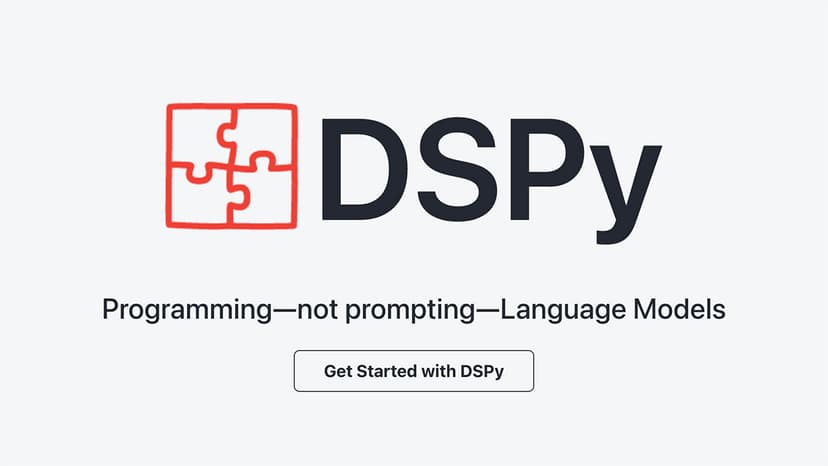What is Normalization in Machine Learning?
Normalization is a fundamental step in the preprocessing pipeline for training machine learning models. It involves adjusting the scale of the feature values in your dataset so that they fall within a specific range, typically between 0 and 1 or -1 and 1. This process ensures that all features contribute equally to the model’s learning process, thereby preventing certain features with larger scales from disproportionately influencing the model’s predictions.
Why is Normalization Important?
To understand the importance of normalization, let's consider an example. Suppose you have a dataset where one feature represents house prices, ranging from thousands to millions of dollars, while another feature represents the number of rooms in a house, ranging from 1 to 10. Without normalization, the model might assign more weight to the house prices simply because they have larger numerical values. This could skew the model's learning process, leading to biased or inaccurate predictions.
Normalization helps by scaling all features to a comparable range. This process is particularly crucial in machine learning algorithms that rely on distance measurements or gradient-based optimization methods. By ensuring that each feature contributes equally, normalization improves model accuracy, speeds up convergence during training, and enhances the model’s ability to generalize to unseen data.
The Mathematics Behind Normalization
Normalization involves mathematical transformations that adjust the scale of data. The goal is to change the feature distributions without altering their relationships or losing critical information. The two most common methods of normalization are Min-Max scaling and Z-score normalization, each with its mathematical formula.
Min-Max Scaling
Min-Max scaling, also known as feature scaling, adjusts the values of a feature to a fixed range, typically [0, 1]. This method preserves the relationships between the data points while rescaling the data to a standard range. The mathematical formula for Min-Max scaling is:
$$ X' = \frac{X - X_{min}}{X_{max} - X_{min}} $$
Where:
- $X$ is the original feature value.
- $X_{min}$ is the minimum value of the feature.
- $X_{max}$ is the maximum value of the feature.
- $X'$ is the normalized feature value.
This transformation ensures that the smallest value in the feature is mapped to 0 and the largest value is mapped to 1. Here's how to implement Min-Max scaling in Python:
Python
Z-score Normalization
Z-score normalization, also known as standardization, transforms the data so that it has a mean of 0 and a standard deviation of 1. This method is particularly useful when the feature values are normally distributed. The mathematical formula for Z-score normalization is:
$$ X' = \frac{X - \mu}{\sigma} $$
Where:
- $X$ is the original feature value.
- $\mu$ is the mean of the feature.
- $\sigma$ is the standard deviation of the feature.
- $X'$ is the normalized feature value.
Z-score normalization centers the data around the mean and scales it according to the standard deviation, making it suitable for algorithms that assume normal distribution of data. Here’s how to implement Z-score normalization in Python:
Python
When to Normalize Data?
Normalization is essential when the scale of features varies significantly, especially in models sensitive to these differences. Here are some scenarios where normalization is critical:
-
K-Nearest Neighbors (KNN): KNN relies on distance metrics to find the nearest neighbors. Features with larger scales can dominate the distance calculations, leading to biased results. Normalization ensures all features contribute equally to the distance measurements.
-
Support Vector Machines (SVM): SVMs attempt to find the optimal hyperplane that maximizes the margin between different classes. If features are on different scales, the hyperplane might be skewed, resulting in poor classification performance.
-
Neural Networks: Neural networks are trained using gradient descent, which can be significantly affected by the scale of the input features. Normalized data ensures that the gradients are more stable, leading to faster and more reliable convergence during training.
-
Principal Component Analysis (PCA): PCA identifies the directions (principal components) that maximize variance in the data. If features are not normalized, PCA might give undue importance to features with larger scales, skewing the results.
Pitfalls to Avoid
While normalization is generally beneficial, there are some common mistakes to avoid:
-
Normalizing the Target Variable: The target variable should not be normalized, as it represents the outcome that the model is trying to predict. Normalizing the target can lead to data leakage, where information from the test set influences the training set, compromising the model’s validity.
-
Normalizing Before Splitting the Data: Always split your data into training and testing sets before applying normalization. If you normalize the entire dataset before splitting, information from the test set could leak into the training set, leading to overly optimistic performance estimates.
-
Over-normalizing Data: Not all features require normalization. For example, categorical features that represent different classes should not be normalized, as their integer values are arbitrary and do not represent magnitude.
Best Practices for Normalizing Data
To ensure that normalization improves your model's performance, follow these best practices:
-
Normalize Only the Feature Variables: Leave the target variable as it is to prevent data leakage.
-
Handle Categorical Features Separately: Apply normalization only to numerical features. Categorical features should be encoded using techniques like one-hot encoding, not normalized.
-
Normalize After Splitting the Data: Perform normalization separately on the training and testing sets to avoid data leakage.
-
Choose the Appropriate Technique: Use Min-Max scaling for algorithms that are sensitive to the range of data, and Z-score normalization for models that assume normally distributed data.
Advanced Considerations
Normalization can also be extended to advanced techniques like batch normalization in neural networks, where the input to each layer is normalized to improve learning stability and convergence. Additionally, you might consider techniques like robust scaling when dealing with data containing outliers. Robust scaling uses the median and interquartile range (IQR) instead of the mean and standard deviation, making it less sensitive to extreme values.
Normalization plays a pivotal role in machine learning by standardizing the scale of features. Whether you're working on a simple linear regression model or a complex neural network, proper normalization is key to unlocking the full potential of your data.












